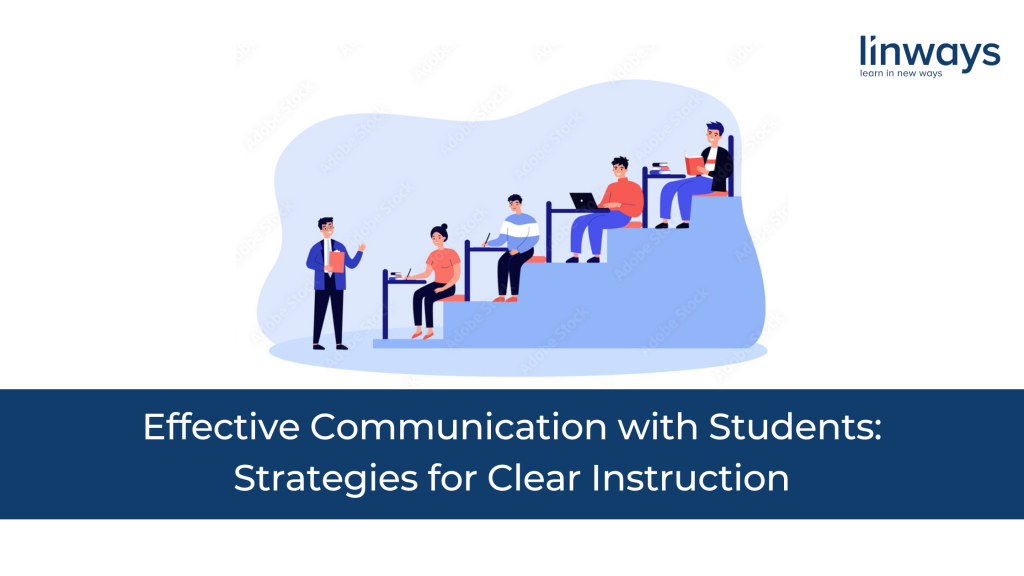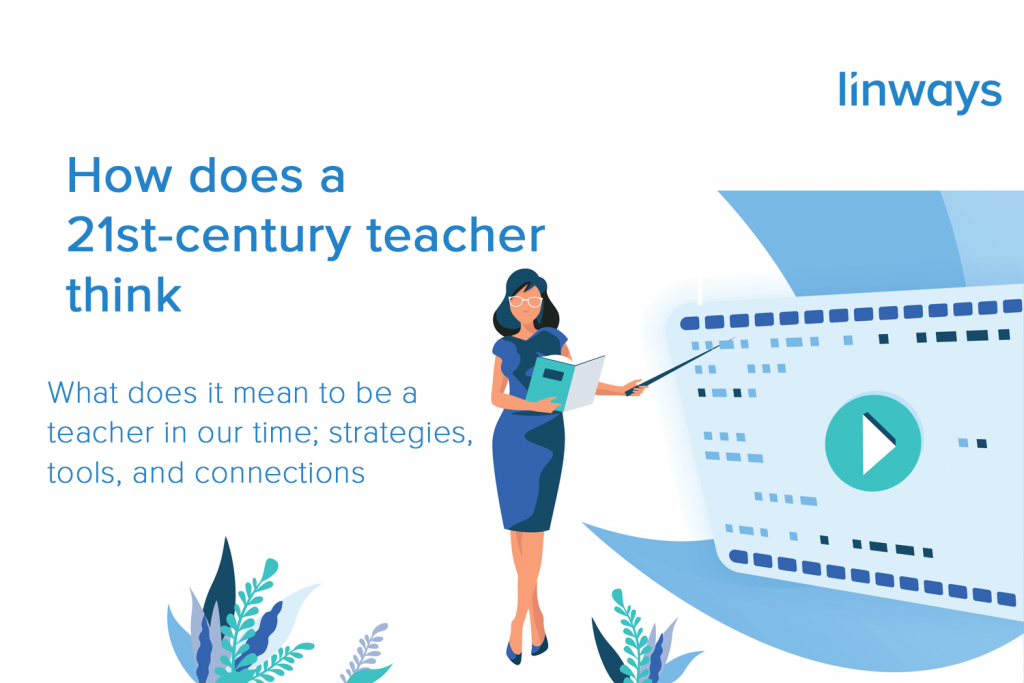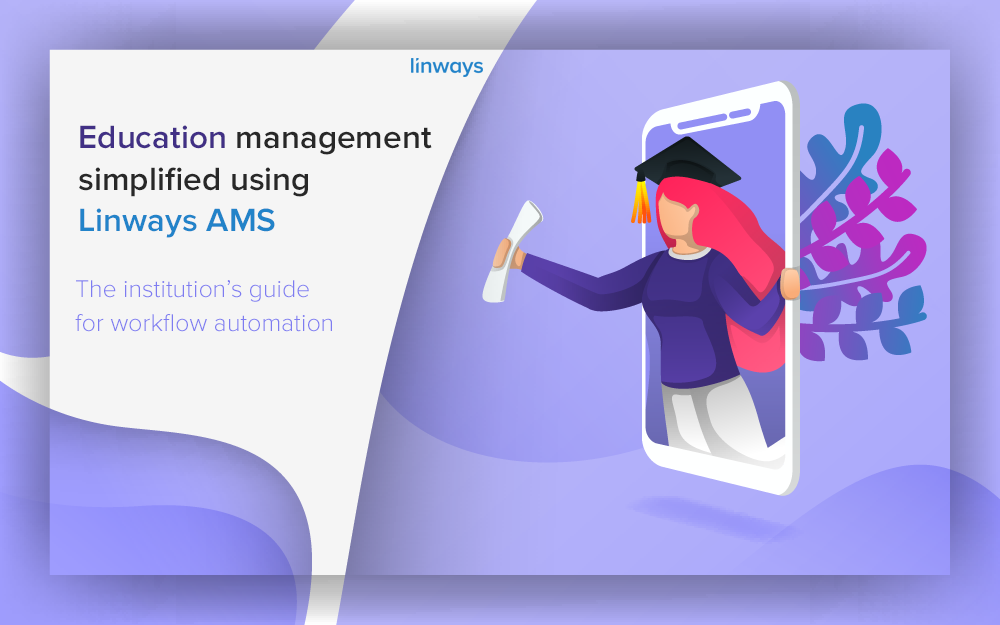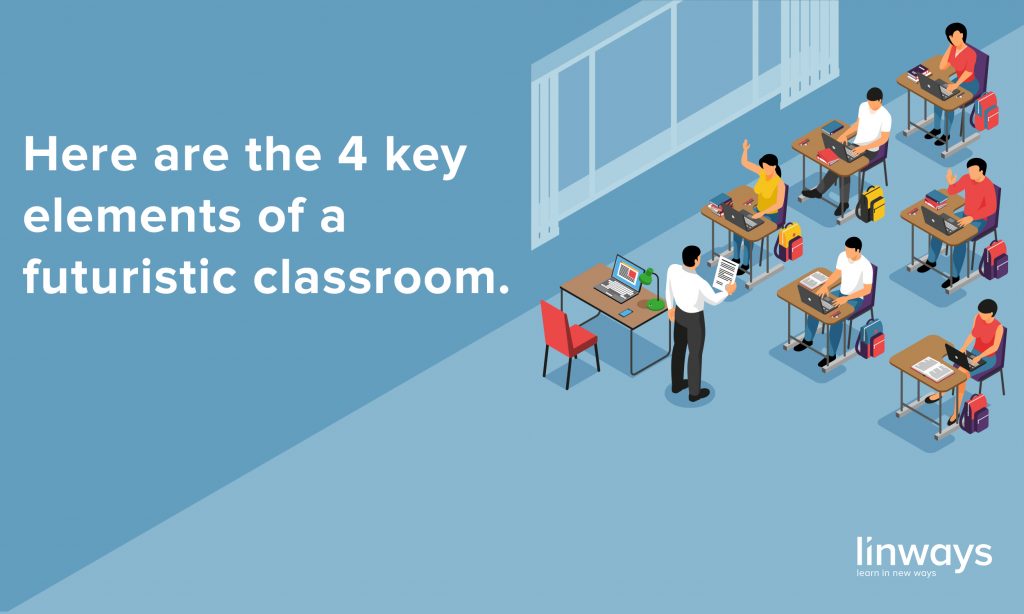
Effective communication is the cornerstone of successful teaching. When educators communicate clearly with their students, they create an environment that fosters understanding, engagement, and academic growth. In this blog, we will explore strategies for clear instruction that can help teachers establish strong connections with their students and enhance the learning experience.
Set Clear Learning Objectives
Before you start any lesson or course, it’s essential to define clear learning objectives. Clearly state what students should know or be able to do by the end of the instruction. This sets the direction for your teaching and provides students with a roadmap for their learning journey.
Use Simple and Concise Language
Avoid jargon and complex terminology that can confuse students, especially when introducing new concepts. Use simple and concise language that is appropriate for your students’ age and level of understanding. Remember, clarity should be your top priority.
Visual Aids and Multimedia
Incorporate visual aids, multimedia, and technology to supplement your verbal communication. Charts, diagrams, videos, and slides can help illustrate key points and make abstract concepts more concrete. Visual aids can enhance comprehension and engagement.
Active Listening
Effective communication is a two-way street. Encourage students to ask questions and express their thoughts and concerns. Practice active listening by giving them your full attention, acknowledging their contributions, and providing constructive feedback.
Provide Clear Instructions
When assigning tasks or projects, ensure that your instructions are crystal clear. Break down complex tasks into smaller, manageable steps, and use a logical sequence to guide students through the process. Be open to questions and clarifications.
Use Analogies and Real-Life Examples
Analogies and real-life examples can make abstract concepts more relatable and understandable. Drawing parallels between unfamiliar topics and familiar experiences can bridge the gap in comprehension.
Foster a Positive and Inclusive Environment
Create a classroom or learning environment where students feel comfortable sharing their thoughts and ideas. Be respectful and inclusive, valuing diversity and different perspectives. When students feel safe and respected, they are more likely to engage in open communication.
Regular Feedback
Provide timely and constructive feedback on students’ work and progress. Feedback helps students understand their strengths and areas for improvement. It also shows that you are actively involved in their learning journey.
Adapt to Different Learning Styles
Recognize that students have varying learning styles. Some are visual learners, while others are auditory or kinesthetic learners. Tailor your instruction to accommodate these differences and provide multiple ways for students to engage with the material.
Encourage Critical Thinking
Promote critical thinking skills by asking open-ended questions that require students to analyze, evaluate, and apply what they’ve learned. Encourage them to think independently and express their opinions.
Clear instruction is the foundation of effective teaching. When educators communicate clearly with their students, they create an atmosphere conducive to learning and growth. By setting clear objectives, using simple language, incorporating multimedia, fostering open communication, and adapting to diverse learning styles, teachers can maximize the impact of their instruction and empower students to succeed academically. Effective communication not only enhances understanding but also builds trust and engagement, leading to a more rewarding educational experience for both teachers and students alike.
Also published on Medium.




